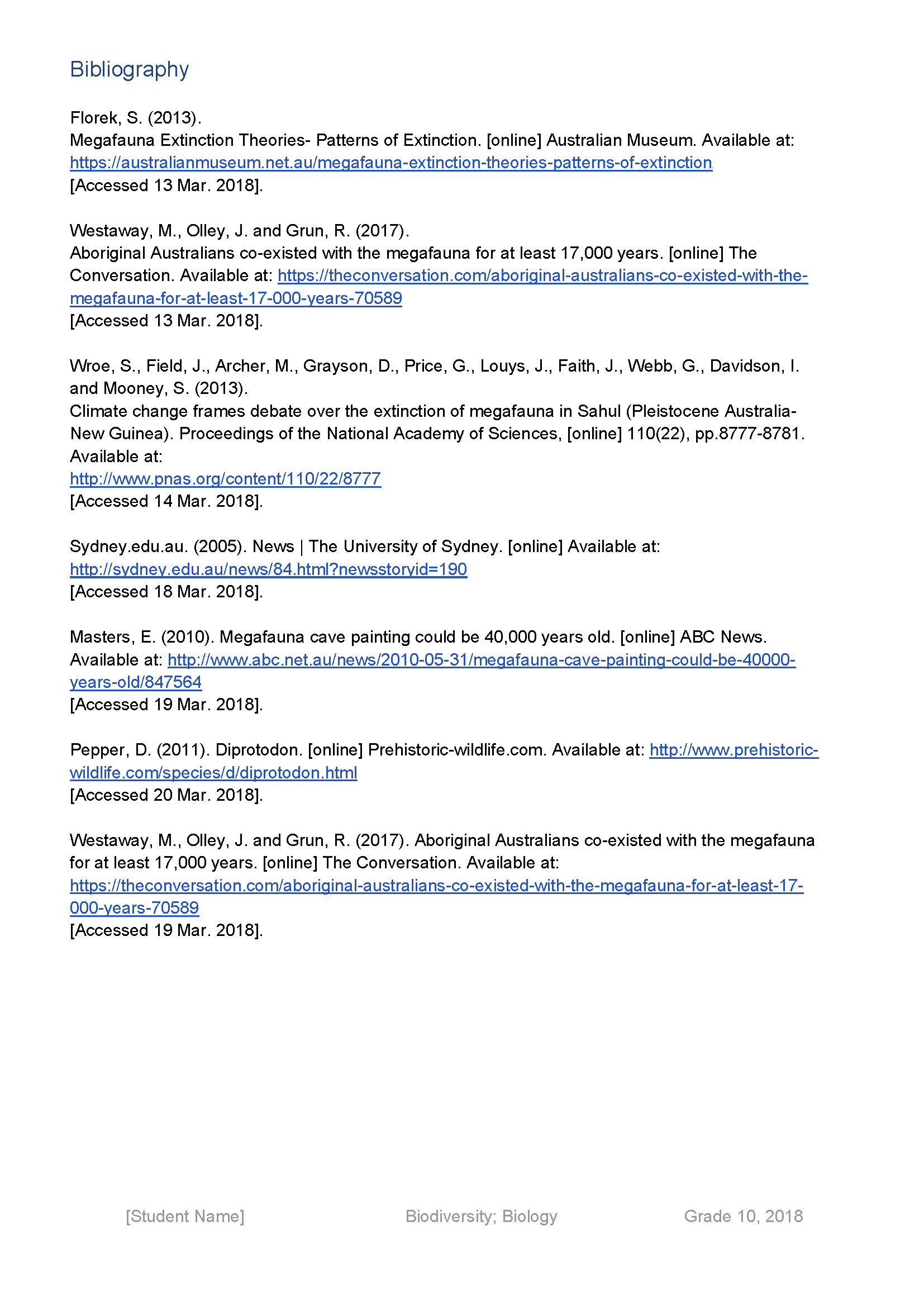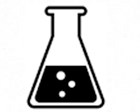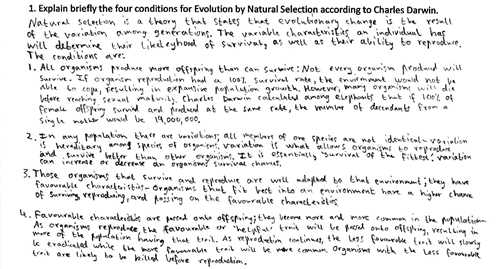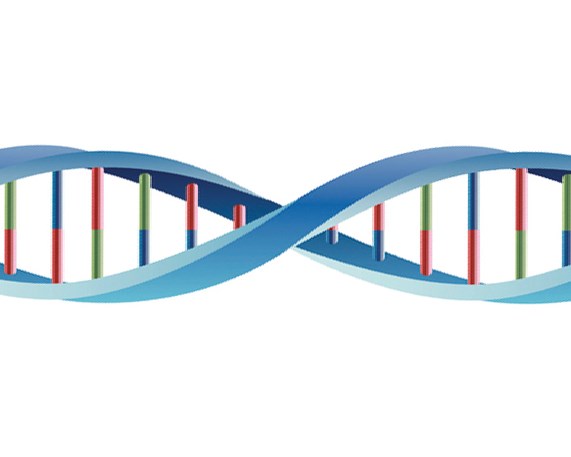Megafauna extinction
Summary of task
Students were asked to create in expositional essay to analyse and evaluate the evidence for opposing theories relating to the extinction of Australia’s megafauna. This task was part of a teaching and learning unit on biodiversity which focused on the importance of Australia’s ecosystems and the factors which impact on them.
Students had previously investigated how Australia’s environment has gone through significant changes over millions of years due to changes in the position of the continents and climatic changes. The unit focused on how scientists gather evidence of these changes using a variety of different methods and how they use this evidence to draw conclusions about how and why ecosystems have changed. Students were made aware of the fact that different forms of evidence have varying levels of generalisability, reliability, credibility and validity.
Students were provided with a range of websites, documentaries and scientific articles with which to determine what evidence exists to explain the extinction of Australia’s megafauna. They were given class tutorials on how to structure and write an essay in expositional style. Students completed the task during class time over the course of several weeks.









